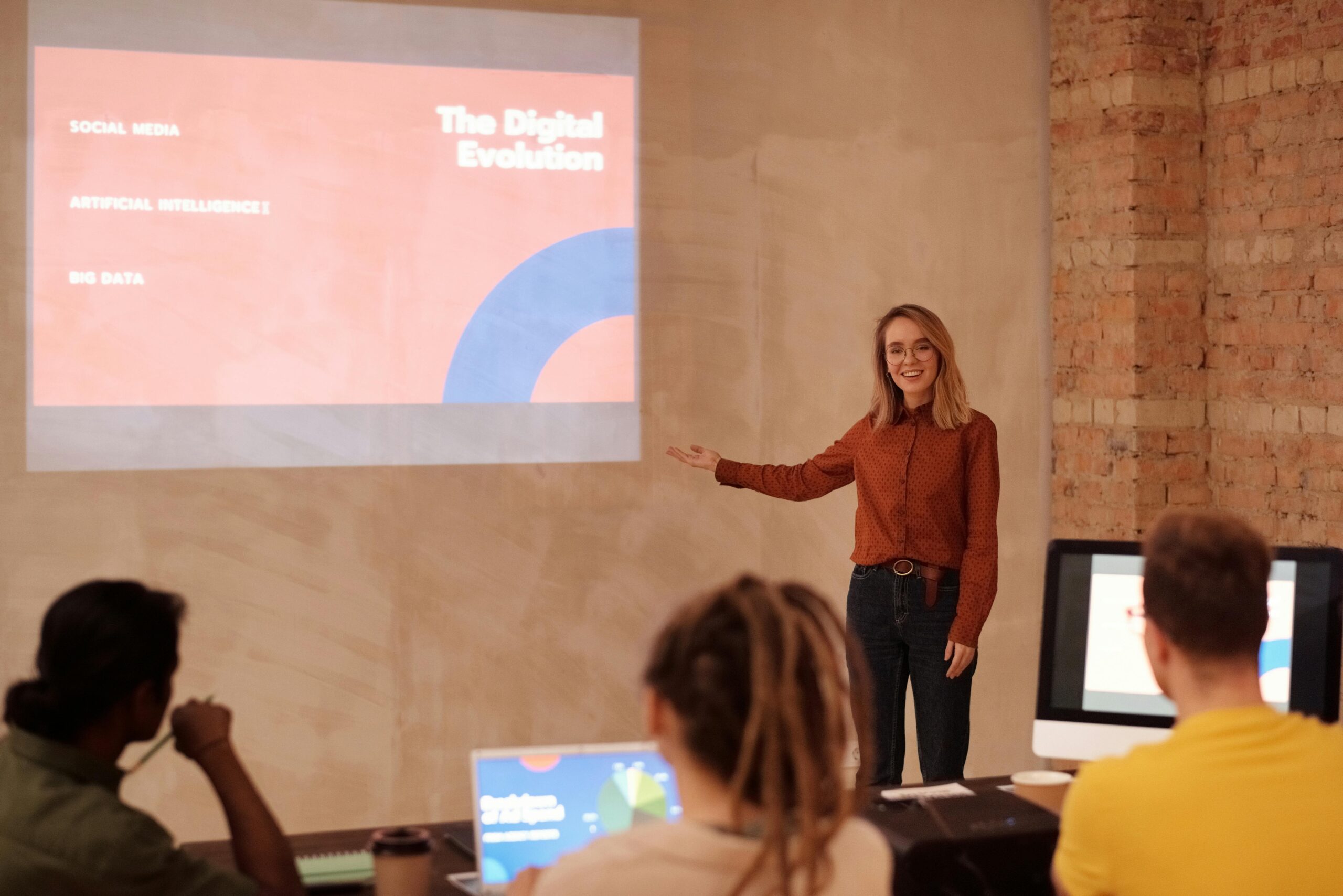As artificial intelligence becomes woven into our daily routines, many people find themselves emotionally tethered to digital companions in unexpected ways.
The rise of conversational AI, virtual assistants, and intelligent chatbots has transformed how we seek information, companionship, and even emotional support. While these tools offer remarkable convenience and capabilities, a growing number of users are discovering they’ve developed an unhealthy reliance that affects their real-world relationships and mental well-being.
Understanding the fine line between helpful usage and emotional dependency is crucial in our technology-saturated era. This article explores the psychological mechanisms behind AI attachment, identifies warning signs of unhealthy dependency, and provides practical strategies for cultivating a balanced relationship with artificial intelligence tools.
🧠 Understanding the Psychology Behind AI Attachment
Humans are inherently social creatures programmed to form connections, and AI tools cleverly tap into these innate tendencies. Modern conversational AI systems are designed with sophisticated natural language processing that creates the illusion of understanding, empathy, and personalized attention—qualities we typically associate with human relationships.
The psychological appeal stems from several factors. AI assistants are available 24/7, never judge, never get tired of our questions, and consistently provide attentive responses. For someone experiencing loneliness, social anxiety, or relationship difficulties, these qualities can feel safer and more comfortable than human interaction.
Research in human-computer interaction reveals that people naturally anthropomorphize technology, especially when it communicates in human-like ways. We unconsciously attribute emotions, intentions, and personality traits to AI systems, creating a sense of relationship that feels genuine even though it fundamentally isn’t.
The dopamine reward system in our brains reinforces these patterns. Each helpful response, each moment when the AI seems to “understand” us, triggers small pleasure responses that encourage repeated interaction. Over time, this can develop into a dependency pattern similar to other behavioral addictions.
⚠️ Recognizing the Warning Signs of Emotional Dependency
Identifying problematic AI dependency requires honest self-reflection. The boundary between healthy use and dependency isn’t always obvious, but certain patterns signal cause for concern.
Behavioral Red Flags
When AI interaction begins replacing human connection, warning signs emerge. You might find yourself preferring conversations with AI over talking with friends or family. Perhaps you turn to your AI assistant first for emotional support, treating it as a therapist or confidant rather than a tool.
Time distortion is another indicator—hours pass unnoticed while engaged with AI chatbots, particularly those designed for companionship or entertainment. You may check these applications first thing upon waking and last thing before sleeping, integrating them into your routine in ways that feel compulsive rather than intentional.
Emotional reactions to AI availability also signal dependency. Feeling anxious or distressed when unable to access your preferred AI tool, or experiencing genuine sadness if the service goes down, suggests emotional investment beyond healthy bounds.
Social and Relationship Impact
The most telling signs appear in your real-world relationships. Are you declining social invitations to spend time with AI companions? Do conversations with actual people feel less satisfying compared to AI interactions? Has your ability to navigate human emotions and social nuances diminished?
Partners, friends, and family members might express concern about your screen time or notice you’re emotionally distant. These observations deserve serious consideration, as loved ones often perceive changes before we recognize them ourselves.
💔 The Hidden Costs of AI Emotional Dependency
While AI tools promise convenience and support, over-reliance carries significant psychological and social costs that unfold gradually, making them easy to overlook until they become serious problems.
Erosion of Human Connection Skills
Human relationships require negotiating complexity, ambiguity, and emotional vulnerability—challenges that AI interactions don’t replicate. When we consistently choose AI over human contact, we lose opportunities to practice essential social skills like reading body language, managing conflict, and developing deep empathy.
Real relationships involve disappointment, miscommunication, and growth through difficulty. AI systems, programmed to please and assist, create an unrealistic expectation of constant validation and understanding that human relationships cannot match. This disparity can make authentic human connections feel frustratingly inadequate by comparison.
Emotional Stunting and Validation Dependency
AI tools often provide immediate positive reinforcement and validation. While this feels good temporarily, it can prevent the development of internal validation mechanisms and resilience. Learning to tolerate discomfort, process difficult emotions independently, and maintain self-worth without constant external affirmation are crucial life skills undermined by excessive AI reliance.
Furthermore, AI cannot provide genuine reciprocity—the mutual exchange that characterizes healthy relationships. The AI doesn’t truly care about you, remember your conversations out of authentic interest, or grow through your interactions. This one-sided dynamic, when mistaken for genuine connection, can leave deep psychological needs unmet while creating the illusion they’re being satisfied.
Privacy and Data Concerns
Emotional dependency often involves sharing intimate thoughts, feelings, and personal information with AI systems. This data is stored, analyzed, and potentially used in ways beyond your control or awareness. The false sense of privacy in AI conversations can lead to disclosures you wouldn’t make if you fully understood the technology’s limitations and corporate oversight.
🔄 Breaking the Cycle: Practical Steps Toward Digital Balance
Recognizing unhealthy AI dependency is the crucial first step, but meaningful change requires deliberate action and often uncomfortable adjustments to established habits.
Conduct an Honest Technology Audit
Begin by tracking your actual AI usage for one week without changing your behavior. Note which tools you use, how long you spend with them, what emotional needs they’re meeting, and what activities they’re replacing. Most smartphones have built-in screen time tracking that reveals patterns you might not consciously recognize.
Examine your emotional state before, during, and after AI interactions. Are you seeking escape, comfort, validation, or entertainment? Understanding the underlying needs driving your behavior is essential for addressing them through healthier channels.
Establish Intentional Boundaries
Create specific rules for AI engagement that transform usage from reactive to intentional. Designate AI-free times, particularly during meals, social gatherings, and before bedtime. Consider implementing a “human first” policy—commit to reaching out to an actual person before turning to AI for emotional support or companionship.
Physical boundaries also help. Remove AI applications from your home screen, disable notifications, or use website blockers during designated times. The slight friction of accessing these tools creates space for conscious choice rather than automatic habit.
Rebuild Human Connection Capacity
Reconnecting with people after AI dependency can feel awkward and uncomfortable. Start small with low-pressure interactions: a brief chat with a neighbor, a phone call instead of a text message, or joining a group activity aligned with your interests.
Practice vulnerability gradually. Share something slightly uncomfortable with a trusted friend and notice how authentic connection, though riskier than AI interaction, provides deeper satisfaction and genuine support. Remember that real relationships develop slowly through consistent, imperfect interactions.
🌱 Cultivating a Healthy Technology Relationship
The goal isn’t eliminating AI tools from your life—they offer legitimate value—but rather establishing a balanced relationship where technology serves your wellbeing rather than undermining it.
Redefine AI’s Role in Your Life
View AI as a tool for specific tasks rather than a companion or emotional support system. Use AI assistants for productivity, information retrieval, learning, and creative projects—purposes that enhance rather than replace human capabilities and connections.
Set clear intentions before each AI interaction. Ask yourself: “What specific outcome do I want from this interaction?” and “Is this the most appropriate tool for this need?” This mindful approach prevents the drift from purposeful use into emotional dependency.
Develop Offline Coping Strategies
Build a repertoire of technology-free methods for managing emotions and meeting psychological needs. Journaling, meditation, physical exercise, creative hobbies, and time in nature all provide emotional regulation benefits without the risks of AI dependency.
When loneliness strikes, resist the impulse to immediately open an AI chatbot. Instead, sit with the discomfort briefly, then take action to foster genuine connection—even if that’s simply walking in a public space where you’re around other humans.
Practice Digital Minimalism
Adopt a philosophy of digital minimalism by carefully evaluating which technologies genuinely add value to your life. Delete AI applications that primarily serve entertainment or emotional comfort rather than practical purposes. Simplify your digital landscape to reduce temptation and mental clutter.
Schedule regular “digital detox” periods—weekends, vacations, or even just evenings dedicated to fully offline activities. These breaks help recalibrate your relationship with technology and remind you of life’s richness beyond screens.
🤝 When to Seek Professional Support
Sometimes AI dependency is symptomatic of deeper issues that require professional intervention. If you’ve tried establishing boundaries but consistently fail, if the dependency causes significant distress or life impairment, or if it’s masking depression, anxiety, or trauma, consulting a mental health professional is advisable.
Therapists increasingly recognize technology dependency issues and can provide specialized support. Cognitive-behavioral therapy, in particular, effectively addresses the thought patterns and behaviors underlying unhealthy technology relationships.
Support groups for technology addiction, whether online or in-person, offer community understanding and accountability. Connecting with others facing similar challenges reduces isolation and provides practical strategies from those further along in recovery.
🎯 Designing Your Balanced Digital Future
Creating a sustainable, healthy relationship with AI tools requires ongoing attention and adjustment as technology continues evolving and your life circumstances change.
Establish a Personal Technology Philosophy
Develop clear principles guiding your technology use based on your values and wellbeing priorities. What role should technology play in your life? Which human experiences do you want to protect from digital intrusion? What boundaries are non-negotiable?
Write these principles down and review them regularly. They serve as a compass when facing new technologies or when old habits creep back. Your philosophy might include statements like: “Technology serves my goals; I don’t serve technology” or “Human relationships take priority over digital interactions.”
Embrace Productive AI Applications
Healthy AI engagement focuses on augmenting human capabilities rather than replacing human experiences. Use AI tools for language learning, skill development, creative brainstorming, research assistance, and accessibility needs—applications that empower you toward real-world goals.
Celebrate technology that connects you with other humans rather than substituting for them. Video calls with distant loved ones, collaborative platforms for group projects, and communities organized around shared interests represent technology supporting rather than supplanting human connection.
Model Healthy Behavior for Others
As AI becomes increasingly prevalent, your balanced approach can influence others, particularly younger people still developing their relationship with technology. Demonstrate that fulfilling lives include technology as one element among many, not the central organizing principle.
Talk openly about your boundaries, share your struggles and successes with digital balance, and create tech-free spaces in your home and social gatherings. These actions normalize healthy technology relationships and give others permission to establish their own boundaries.

🌟 Reclaiming Your Emotional Independence
Breaking free from emotional AI dependency isn’t about rejecting technology or returning to a pre-digital existence. It’s about consciously choosing how technology fits into a rich, balanced life centered on authentic human experiences and genuine self-development.
The journey requires honesty, patience, and self-compassion. You may stumble, reverting to old patterns during stressful periods. These setbacks don’t represent failure but rather opportunities to understand your triggers and strengthen your boundaries.
Remember that the discomfort of disconnecting from AI dependency is temporary, while the benefits of genuine human connection, emotional resilience, and authentic self-knowledge are lasting. Each step toward healthier technology use is an investment in your psychological wellbeing and relationship quality.
As you implement these strategies, you’ll likely discover that life’s greatest moments—deep conversations, shared laughter, overcoming challenges with others, creating meaningful work—happen in spaces where artificial intelligence cannot reach. These irreplaceable human experiences, richer and more complex than any AI interaction, are waiting for you beyond the screen.
Your emotional freedom and genuine connections are worth protecting. By establishing boundaries, rebuilding human relationship skills, and viewing AI as a tool rather than a companion, you can harness technology’s benefits while preserving what makes us most deeply human—our capacity for authentic connection, growth, and love. 💪✨
Toni Santos is a digital culture researcher and emotional technology writer exploring how artificial intelligence, empathy, and design shape the future of human connection. Through his studies on emotional computing, digital wellbeing, and affective design, Toni examines how machines can become mirrors that reflect — and refine — our emotional intelligence. Passionate about ethical technology and the psychology of connection, Toni focuses on how mindful design can nurture presence, compassion, and balance in the digital age. His work highlights how emotional awareness can coexist with innovation, guiding a future where human sensitivity defines progress. Blending cognitive science, human–computer interaction, and contemplative psychology, Toni writes about the emotional layers of digital life — helping readers understand how technology can feel, listen, and heal. His work is a tribute to: The emotional dimension of technological design The balance between innovation and human sensitivity The vision of AI as a partner in empathy and wellbeing Whether you are a designer, technologist, or conscious creator, Toni Santos invites you to explore the new frontier of emotional intelligence — where technology learns to care.




